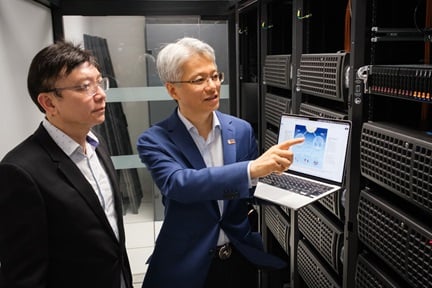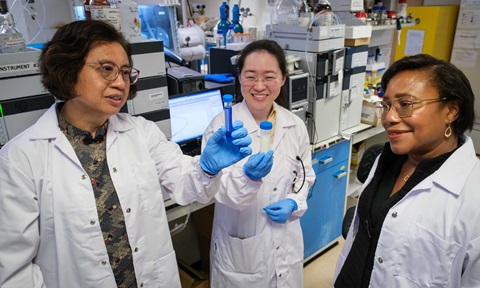New method to make 3D-printed metals with contrasting properties

Image: Dr Gao Shubo (left), a research fellow from NTU Singapore, and Dr Li Zhi, a scientist from Singapore’s Agency for Science, Technology and Research, the first and second authors respectively of a study on a new method that can make customised 3D-printed metal parts containing different properties. They used the laser powder bed fusion machine (right) to 3D print the parts in their experiments.
Scientists have developed a new method that can make customised 3D-printed metal parts containing different properties – such as having some regions of the metal stronger than others.
The new technique from the researchers – led by NTU Singapore and the University of Cambridge – uses 3D-printing steps. Unlike traditional metal manufacturing processes, it does not require additional raw materials, mechanical treatment or drastic machining processes to achieve a similar effect, such as coating the metal with a different material, thus potentially helping to reduce manufacturing costs.
Besides designing a 3D-printed metal part with different strength levels, the new process should theoretically also allow manufacturers to design a part with other features, such as differing levels of electrical conductivity or corrosion resistance in the same metal.
The researchers – co-led by Professor Gao Huajian, a Distinguished University Professor at NTU Singapore, and Assistant Professor Matteo Seita from the University of Cambridge, who was an NTU faculty when the study was done – took inspiration from “heating and beating” methods similar to millennia-old steps involved in blacksmithing to develop the new process.
This led them to combine materials science and mechanical engineering principles and apply 3D-printing techniques usually used to remove and prevent defects in printed metals to alter microscopic structures in the metals to change their properties.

Image: One of the laser powder bed fusion machines used in the experiments by NTU Singapore and the University of Cambridge to 3D-print metals with different properties.


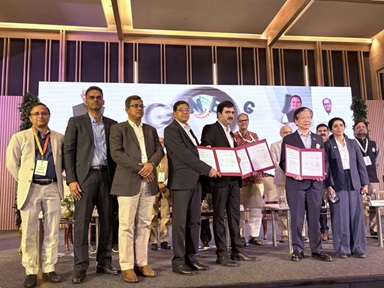
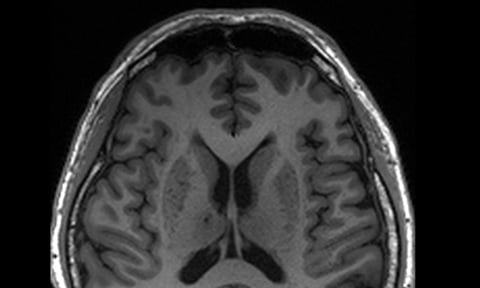
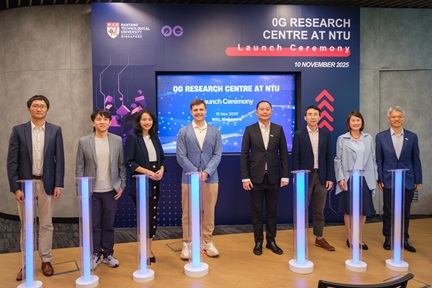
.tmb-listing.jpg?Culture=en&sfvrsn=cfde9c58_1)
